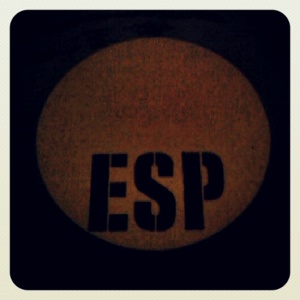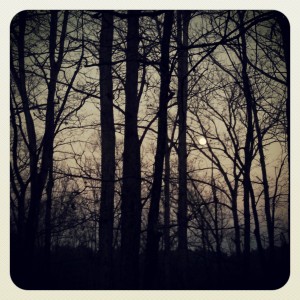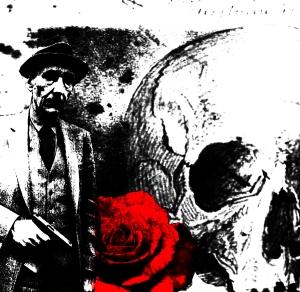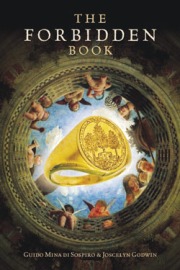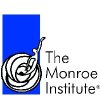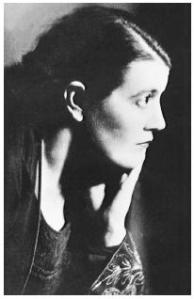 The Education of most of us has been dominated by modern emphasis upon substance, “reality,” and the senses. But deep in the structure and quality of human nature there reside supersensory capacities, known of old but temporarily neglected, by means of which man is capable of achieving knowledge of the immaterial world, capable of perceiving events that occur in space-time beyond the reach which science claims for the senses.
The Education of most of us has been dominated by modern emphasis upon substance, “reality,” and the senses. But deep in the structure and quality of human nature there reside supersensory capacities, known of old but temporarily neglected, by means of which man is capable of achieving knowledge of the immaterial world, capable of perceiving events that occur in space-time beyond the reach which science claims for the senses.
This immaterial field of human perception is as factual to awareness and as real to life as the field of substance, and we are constantly brushing the edges of its reality in our intuitions, our day-dreams, and our creative inspirations. All of these constitute the fringes of supersensory perception, though for the most part they occur outside the areas of our awareness. We have not been adequately taught how to grasp these gossamer filaments of the future, which tomorrow, will be present; nevertheless the human consciousness is becoming aware of itself and of its affinities throughout the universe. The visions, apparitions, premonitions, and other supersensory manifestations of being, which men and women experience in times of impersonal tension and uplift, are factually true in consciousness…
Curiosity, courage, experience, understanding—these are the steps in the ever-rising development of individual lives and of the human consciousness as a whole. Science seeks to discover the established, the repeatedly demonstrable, and religion seeks to serve and sustain the basic laws and truths of being, even those which are incomprehensible to our finite abilities. And between these two broad racial highways the individual follows a middle path, each one according to his ability and his talent, seeking and finding his measure of truth, receiving and reflecting the light of life according to his capacity and need.
These activities in consciousness are not illusions, but foreshadowings of the future toward which we are so swiftly moving—which we are already experiencing, in fact, in our more subtle sensitivities. In our own field, and by virture of our own nature, we are active collaborators with the creative principle in the universe; and as we become indentified with it, we expand both our nature and our field of life.
Eileen J. Garrett
Awareness
Helix Press, New York, 1943
–
Mrs. Garrett has made a special study of th apparent psychological, physiological and biochemical correlates of mediumistic and other psi phenomena. Although as a sensitive she is conscious of the widespread tendency to view mediumistic phenomena as indications of survival of human personality after death, she holds the view that other factors — such as a tapping of race memory or the deep unconscious — may be involved.
In 1951, to encourage organized research in psi, Mrs. Garrett after much hard work was able to set up the Parapsychology Foundation, which supports through grants impartial scientific inquiry into the total nature and workings of the human mind and makes the results of this research publicly available. The foundation sponsors inernational conferences in parapsychology and publishes the quarterly International Journal of Parapsychology as well as a bi-monthly newsletter, and a series of monographs on parapsychology.
Mrs. Garrett has written widely on parapsychological subjects. Her books in this field include My Life in Search for the Meaning of Mediumship (1938); Telepathy: In Search of a Lost Faculty (1941);Awareness (1943); Adventures in the Supernormal (1943); The Sense and Nonsense of Prophecy(1950); Life Is the Healer (1957). She was editor of Beyond the Five Senses: An Anthology from Tomorrow (1957), an Does Man Survive Death? (1957); and co-author of Man the Maker (1946). Under the pen name Jean Lyttle, Mrs. Garrett is author of the novels Today the Sun Rises (1944); Threads of Destiny (1961).
from Helene Pleasants (1964) Biographical Dictionary of Parapsychology with Directory and Glossary 1946-1996 NY: Garrett Publications
–
Note: This excerpt is courtesy of the Parapsychology Foundation and the Psychic Explorers Club
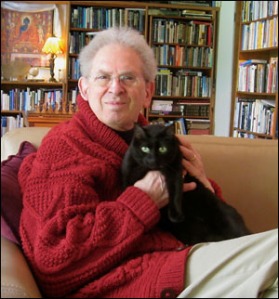 For many years I had a pretty well balanced biography page on Wikipedia. I am now 80 years old, and had several scientific careers. I was a pioneer in the earliest development of the laser from 1957 to 1972. I was co-founder of an ESP research program at SRI from 1972 to 1982. And I worked for 12 years with Lockheed and NASA on airborne laser wind measurements. The Wiki editors have removed all trace of my 27 years in lasers, and I cannot put back one word.
For many years I had a pretty well balanced biography page on Wikipedia. I am now 80 years old, and had several scientific careers. I was a pioneer in the earliest development of the laser from 1957 to 1972. I was co-founder of an ESP research program at SRI from 1972 to 1982. And I worked for 12 years with Lockheed and NASA on airborne laser wind measurements. The Wiki editors have removed all trace of my 27 years in lasers, and I cannot put back one word.
